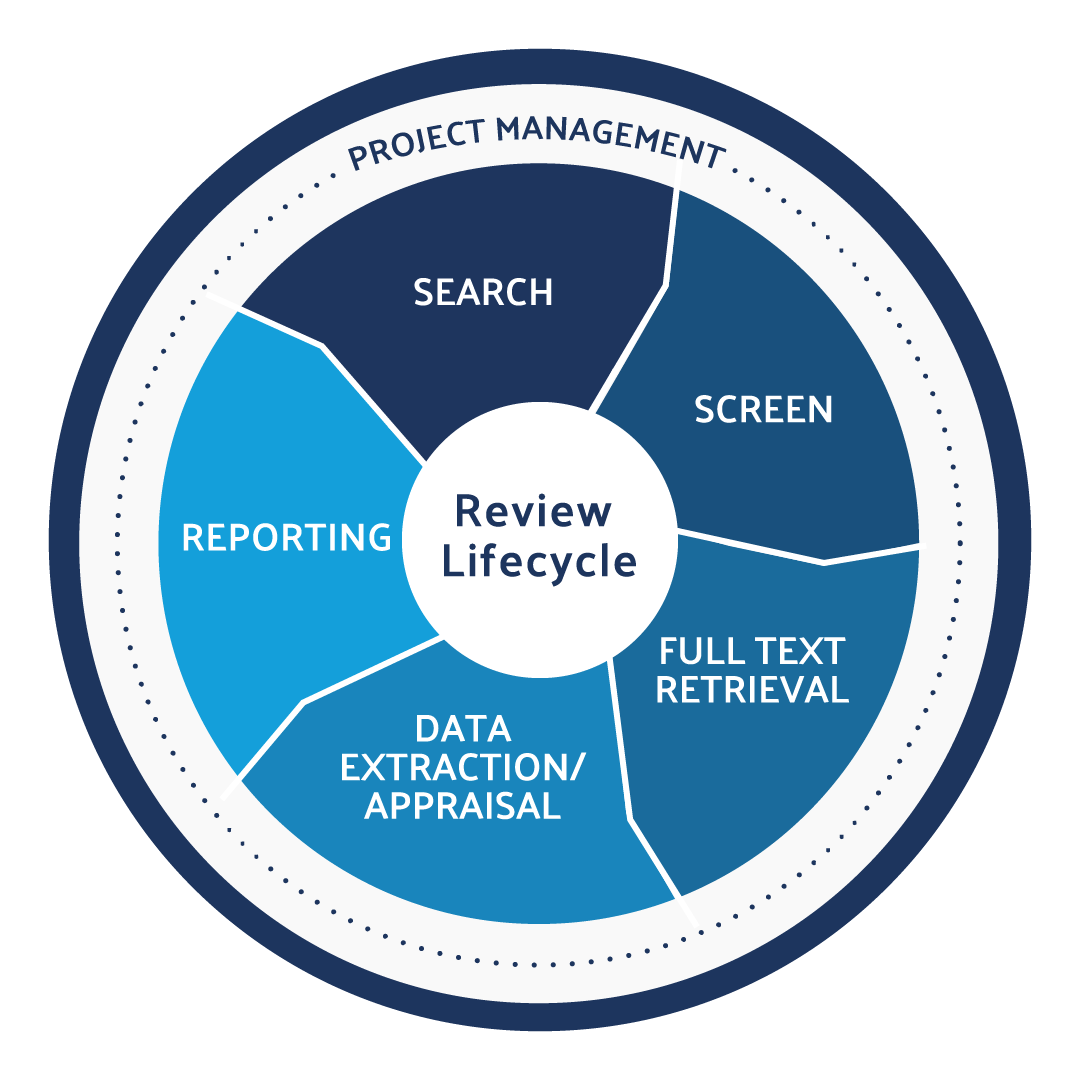What Is the EU MDR?


Use DistillerSR to produce CER and PER literature reviews in an efficient, audit-ready, and compliant way.
The EU MDR, short for European Union Medical Device Regulation, is a comprehensive set of rules and directives applicable to all medical devices intended to be manufactured and sold in Europe. The purpose of the MDR is to ensure the safety and effectiveness of medical devices in the European market. As all medical device manufacturers have experienced, meeting regulatory compliance requirements to acquire certification is no simple task. One such challenging requirement is submitting a clinical evaluation report (CER) for the medical device products you are seeking MDR certification for. Conducting a CER-compliant literature review is a laborious process, as it must consider all the evidence available–but you can greatly expedite this task by using an AI-based literature review automation software, such as DistillerSR.
EU MDR in Detail
The EU MDR is a set of regulations that govern the production and distribution of medical devices in Europe. Compliance with the MDR is mandatory for medical device companies (legal manufacturers) who want to market or sell their products in the EEA (European Economic Area). The EU MDR applies to all finished medical devices sold in any of the twenty-seven EU member states.
The MDR document contains 174 pages, including a twelve-page introduction, 123 articles, and seventeen annexes. Additionally, there are forty-two implementing acts that further clarify the MDR and twelve delegated acts that modify and amend the regulation.
History and Creation of the EU MDR
The Medical Device Directive (MDD) was a legal framework created in the 1990s that included three directives designed to regulate the safety of medical devices in Europe. However, the technology landscape has evolved rapidly. Many technologies that have not existed before, such as software as a medical device (SaMD), are now widely used to diagnose, mitigate, and even prevent diseases.
Governing authorities were concerned that the MDD was outdated and did not address many evolving safety threats. As a result, they developed an entirely new set of regulations called the European Union Medical Device Regulation (EU MDR) and In Vitro Diagnostic Regulation (IVDR). These guidelines were approved in March 2017 by the European Council and in April 2017 by the European Parliament. The MDR became enforceable on May 26th, and the IVDR on May 26th, 2022.
Curious about the difference between MDR and IVDR? Take a look at our latest article.
Learn More About DistillerSR
(Article continues below)
Why Is it Necessary?
The EU MDR legal framework was created in light of the following:
- medical device safety scandals in EU
- varied interpretation of laws among EU member states
- limited means to monitor medical device regulations
Because it has replaced the previous national directives, it contributes to the harmonization of rules and regulations for medical device sales and production across Europe. The EU MDR regulation aims to improve the safety and performance of medical devices in Europe, providing high levels of protection for the health of patients and users of these medical devices.
Who Does the EU MDR Affect?
The EU MDR includes all medical devices that are intended to be sold within the EU. All manufacturers who wish to sell their products in the EU must ensure they meet the rigorous EU MDR requirements, otherwise, the sale of their products will be prohibited. When manufacturers from other countries, such as the United States, want to sell in Europe, they must first demonstrate compliance with EU MDR guidelines for all products intended to be sold.
EU MDR applies to medical devices that come into direct contact with humans. It covers everything from bandages and catheters to implants and colored contact lenses; certain diagnostic and monitoring devices also fall under its scope.
Final Thoughts
The EU MDR is an extremely comprehensive and complex set of directives and rules that legal manufacturers of medical devices must comply with to sell their products in the EU. The compliance and certification process is an arduous task, requiring extensive technical documentation and internal program management. By using an integrated suite of strategic regulatory services anchored by DistillerSR, manufacturers can ensure that all critical submission requirements are met in a clearly auditable business process.








